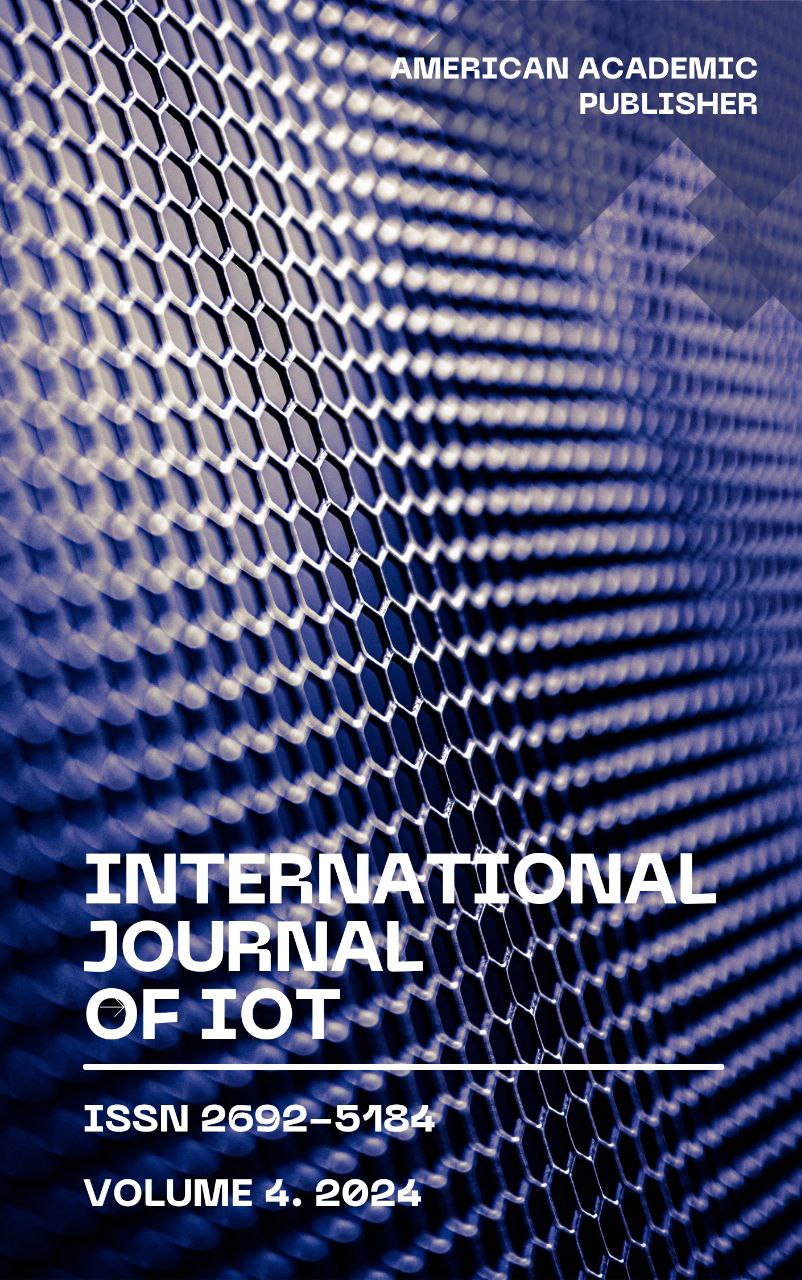
Keywords
AI- Driven WIOA Compliance Engines: Automating Federal and State Mandate Adherence With 99% Audit Precision
International journal of IoT,
Vol. 5 No. 02 (2025): Volume 05 Issue 02,
1-14
.
https://doi.org/10.55640/ijiot-05-02-01
Articles
Decentralized and Secure IoT for Plant Disease Detection: A Web3.0 and Blockchain Enhanced Framework
International journal of IoT,
Vol. 5 No. 02 (2025): Volume 05 Issue 02,
15-22
.
Articles
AI Threat Countermeasures: Defending Against LLM-Powered Social Engineering
International journal of IoT,
Vol. 5 No. 02 (2025): Volume 05 Issue 02,
23-43
.
https://doi.org/10.55640/ijiot-05-02-03
Articles
International journal of IoT
Last Submission:- 10th of Every December
Frequency: 1 Issue per Year (Yearly)
